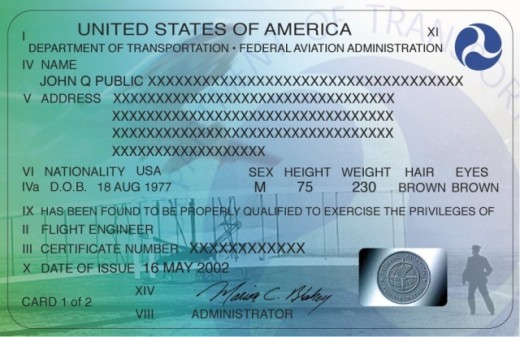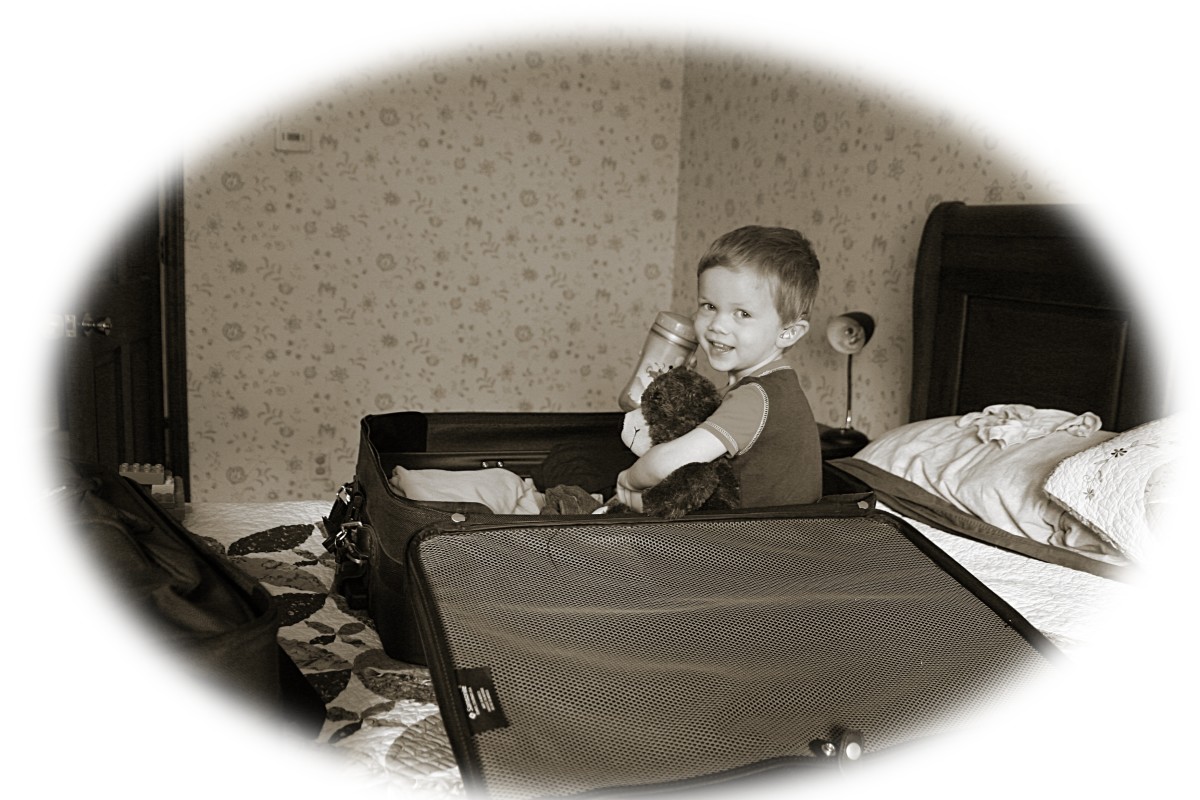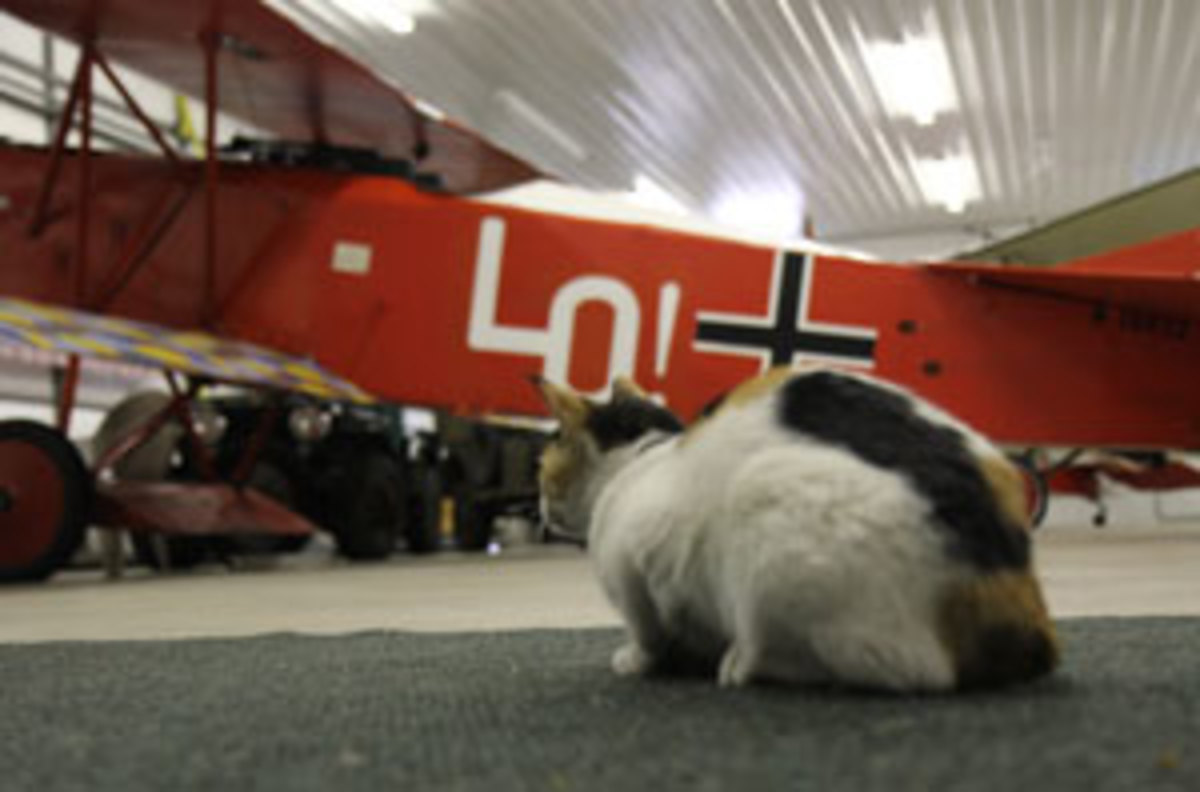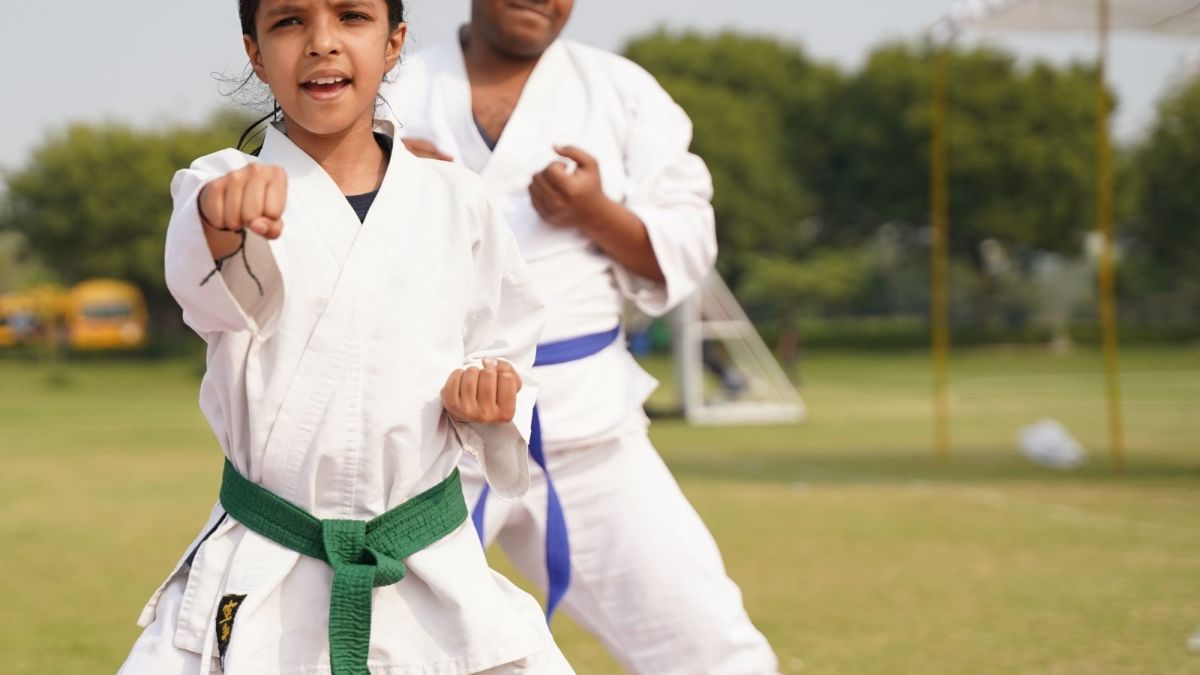So You Want To Learn To Fly Part 4-From the First Lesson to the Practical Test

This article will wrap up my series on learning to fly. Up to this point we have talked about the various types of pilot certificates (aka "licenses"), how to find a flight school or flight instructor, and the types and costs of training materials. Now we'll take a look at what you should expect in your first flight lesson, a typical sequence of lessons, your first solo, and your meeting with an FAA examiner for your practical test (also called your "checkride.")
The First Lesson
Before you arrive at the airport for your first flight lesson, you will likely have met with your flight instructor. He or she may have given you your first ground school assignment, or they may have just discussed the things you would be doing in your lesson. If you use a computer aided course like the integrated Cessna course from King Schools that I mentioned in part 3, you will have completed lesson one, which serves as an introduction to both ground school and your flight lesson.
Keep in mind that every flight instructor has his or her own way that they prefer to do things, so your first lesson experience may be different from what I am about to relate. That's ok. Like I said in an earlier part, you will cover everything you need to know in order to properly and safely operate an airplane, but the order in which some of the items will be covered will be up to your instructor.
After an initial briefing, where your instructor will lay out for you what you will be expected to accomplish in order to pass the lesson, you and he/she will go to your airplane, where the instructor will conduct the pre-flight inspection, explaining to you what to look for at each stage. You will get very familiar with this inspection: by the second or third lesson you will be doing it yourself under the watchful eye of your instructor. You will also conduct this inspection before every flight you take in your private/sport pilot career.
What's the purpose of the preflight inspection? Well, let's put it this way. If you are driving down the road and you have car trouble, you pull off to the side of the road, and maybe call AAA. You will not have that luxury in an airplane, so you want to verify that the airplane is airworthy before you get in and take off.
If the preflight indicates that the airplane is ok for flight, you and your instructor will climb in, strap on your seatbelts, and prepare to start the engine. By this point you should be somewhat familiar with at least the following instruments and what they tell you: the altimeter, the airspeed indicator, and the heading indicator. Those are the basic three instruments in the classic instrument "six pack," and their names should make it plain to you what each does. Simply it's how high, how fast, and which direction. (You will soon become familiar with the other three instruments in the six pack as well: the attitude indicator, vertical speed indicator, and turn coordinator, but it is not likely that you'll pay much attention to them during your first lesson.)
One Note: It is possible that you will train in an airplane that has a "glass panel" which is a computerized flight display. These displays are becoming more and more popular in newer aircraft, but many flight schools still use airplanes that have the old style "steam gauge" instruments. If you are fortunate enough to learn to fly in an airplane with a glass panel then my comments above about the instruments will not directly apply to you.
Your instructor will taxi the airplane to the appropriate runway for takeoff and go through the runup procedure. Runup is a check of the engine and mechanical systems. If everything is working ok and is within limits your instructor will taxi onto the runway for takeoff.
If you are flying out of a small airport, chances are that there will not be a control tower, and your instructor will be doing what are called "blind announcements." He will key the mike and announce on the radio various things you are about to do, such as "Cessna 1234 Juliet taking runway 5 for takeoff" or something similar. If you are at a towered airport, your instructor will start communicating with ground control before leaving the parking space, and ground control and the tower will tell you where to go, what runway to use, etc. (I have found that the one misconception that most people have about aviation is that they believe that all airports have control towers. Actually there are far more airports without towers (called uncontrolled fields) than there are airports with towers.
Some instructors may prefer to handle the airplane until you have reached a safe altitude. Others, my first instructor being one of them, will let you take the controls as soon as you are clear of the runway and established in a climb. Whatever your instructor prefers will be shared with you before you get in the airplane...they will not surprise you.
Each lesson typically takes around an hour in the air, usually with another hour on the ground that is divided between a preflight discussion and a postflight debrief. You may feel tired after the first few lessons. I know I did. That's ok. Flying is a pursuit that requires a large degree of concentration, especially at the beginning. Letting your attention or concentration wane is a good way to get yourself killed!
Your First Solo
I am not going to go through a lesson by lesson synopsis of your flight training. There is plenty of other material out there that you can consult if you would like to see the tasks that will be required of you. The next thing I want to address is your first solo.
There are only a couple of requirements that have to be met before a student can solo. The first is you must apply for and receive a student pilot certificate. Your instructor will help you with this. If you are going for a private pilot certificate (as opposed to sport pilot) you will need to pass a 3rd class airman medical exam conducted by an Aviation Medical Examiner, or AME. An AME is a doctor who is specially certified to conduct these exams. Chances are there are several in your area. In fact it is possible that your regular family doctor is an AME.
There are three types of Airman Medicals: 3rd class, which is required of anyone who holds or seeks a private pilot certificate; 2nd class, which is required for those who fly non-scheduled commercial services such as charter flights,cargo planes, or other commercial operations (your flight instructor will have at least this medical); and 1st class, which is required for airline pilots. If you are under 40, you have to pass a 3rd class medical every five years. Those over 40 have to be re-examined every two years. A second class medical is valid for one year, and a first class medical is valid for six months. As a student pilot you will only need to pass a 3rd class medical, which is in reality just an extended eye exam with a basic physical examination and a review of any medications you may be taking.
There is no minimum number of hours required before a student can solo. Rather, your instructor will make a determination of your readiness to solo based on your overall handling of the airplane and your performance of some of the basic maneuvers, such as flying a rectangular course.
A typical first solo involves several circuits of the airport traffic pattern, with your instructor watching/monitoring from the ground. It is a proud moment for any student, and a lot of pilots can tell you even years later the date of their first solo and the circumstances surrounding it. Surprisingly for many students it is also the last time they fly. According to what I have been told, there are many students who want to be able to say that they have flown an airplane by themselves, and they have little or no interest in continuing on to the checkride. My take on that is that you have already spent a fair amount of money and time working to get to your first solo, so why not go ahead and finish your training?
One important word of advice: When it seems to you that you are getting close to your solo, make sure you wear shirts to your lessons that you will be willing to part with. There is a ritual conducted by many flight schools that involves cutting off the shirt tail of a student after he/she solos. Some schools even display the shirt tails on a wall. So my advice to you is to pick out a few old t-shirts or golf shirts and start wearing them to your lessons! (My experience was different. The flight school where I trained decided that rather than cut off your shirt tail, they would give you a shirt with their flight school logo on it. Since my solo was sprung on me....my instructor believed I was far more ready for it than I did!...I was wearing a shirt that I did not want cut up. I was quite relieved to find out about this breaking of tradition!)
Onward to the Checkride!
After you have completed all the requirements both on the ground and in the air, and your instructor believes you are ready, it will be time for your FAA Practical Test or checkride. Your instructor probably has a Designated Pilot Examiner (DPE) that he or she prefers to work with. You may be fortunate enough that the examiner works out of the airport where you train, or you may have to get in your airplane and fly to another nearby airport to meet with him or her.
A DPE is usually a pilot who has an extensive aviation background and holds a number of certificates. It is their job to evaluate your qualifications and determine whether you have met the requirements to receive a pilot's certificate. By the time you meet with your DPE you will have taken and passed the written test. If you answered any questions incorrectly on that test, be prepared to give the correct answers to your examiner, as he/she will almost certainly ask you about them.
The first phase of your meeting with the examiner will be an oral exam. With this, the examiner is checking to see not only that you have knowledge of everything that you need to know, but also they will be evaluating your problem solving skills. He or she will likely give you scenarios and ask you questions about them. You will also be expected to identify what FAA regulations apply to certain situations. Don't worry too much about this last part; most examiners won't expect you to memorize the regs chapter and verse. But you will need to know where in the rules to find a particular regulation, and will probably be required to find it for the examiner.
When the oral exam is finished, it will be time to move to the airplane for the flying portion of the test. Typically this takes about an hour and involves demonstration of the skills and maneuvers you have been working on with your instructor.
One of the great things about the practical test is that very little subjectivity is allowed the examiner. The FAA has put together a list of "tasks" which an applicant for a pilot certificate has to demonstrate to the examiner. If a task is not on the list, he/she cannot use it to evaluate your performance. While there is some flexibility in the way each examiner can approach the test, every DPE checks every candidate on the same list of tasks.
Another nice thing about the practical test is that you really cannot "fail" it. If something happens that causes you to fail a task, the examiner will give you the opportunity to stop the checkride at that point, or to continue on to the remaining tasks. Whichever you choose, any and all tasks you have successfully completed are recorded and you will receive credit for them. The examiner will communicate with your instructor to tell him/her what happened and share with them the tasks you have completed. Your instructor will probably want to review what happened with you, and then at a point not too long afterward you will need to return to the examiner in order to complete the remaining tasks.
Another New Pilot
Let's assume you successfully complete the oral exam and practical test. The examiner will usually have a few words of praise for you, and will fill out a temporary certificate for you. This will be your "ticket to fly" until you receive your permanent certificate in the mail a few weeks down the road. This will be one of the proudest moments of your life, and rightly so! You will have earned something that only about 1% of Americans hold--a pilot's certificate!
Leaving Cleveland in a Cessna 172
The video above was taken as a friend and I left Burke Lakefront Airport in Cleveland Ohio in October 2010. Earning a pilot's certificate opens up a whole new world of travel for you!







